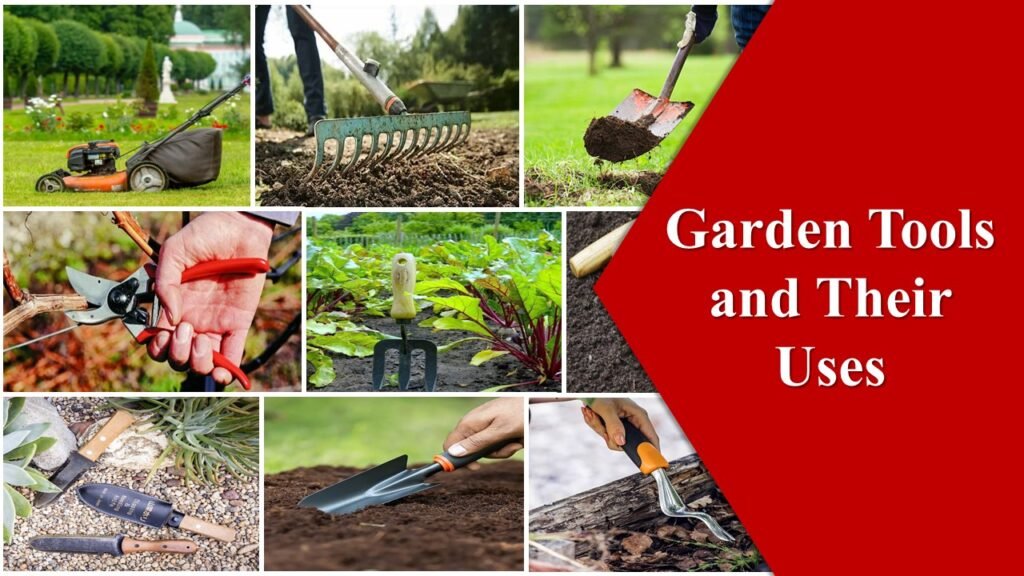Want to start your own hydroponic tomato farming business? Look no further because in this blog post, we’ll explore the basics of hydroponic farming as well as discuss some tips and techniques to produce best quality tomatoes without the use of traditional soil based methods.
But first, let’s talk about what exactly is hydroponic farming and tomato hydroponic farming.
Hydroponic farming is a method of growing plants without soil. It involves growing plants in a nutrient-rich medium or solution that is applied directly to the roots. In case of heavy fruit-bearing plants, the roots are supported by inert materials like clay pellets or perlite etc. Hydroponic farming tomato can reduce the dependence on pesticides and herbicides, as the controlled environment makes it easier to prevent and manage pests and diseases.
Why to grow tomatoes hydroponically?
There are several advantages of hydroponic tomatoes :
- Water conservation: hydroponics is indeed the best way to save water. It reduces water use up to 90%. The nutrient solution is reused or recycled rather than being lost in the soil.
- Faster growth: tomatoes can grow up to 50% faster than traditional soil-based farming. This is because of the fact that the plants receive all the nutrients they need directly through their roots.
- No environmental impact: since the tomatoes will be grown indoors without soil, there wouldn’t be any risk of soil erosion or nutrients run off and hence no environmental stress on the crop.
- Increased yield: with the right growing conditions, the yield can increase by 30% as compared to growing tomatoes in the soil.
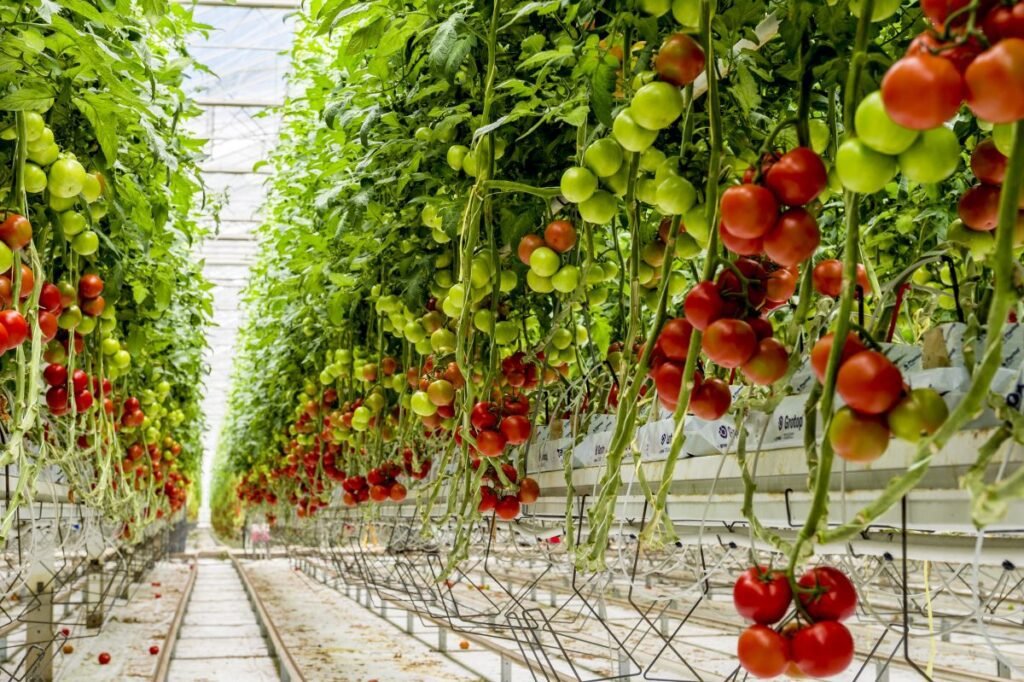
Image source: futurefoodsystems.com
Read More:
- Hydroponics Farming: Revolution for Soil Less Cultivation
- Top Hydroponics Companies in India: Latest 10 Foundation
Determinate Vs indeterminate tomato: which is the popular choice for hydroponic tomatoes?
| DETERMINATE VARIETIES | INDETERMINATE VARIETIES |
| Growth factor: determinate tomato plants are usually bushier and stop growing once they reach a certain height, around 3-4 ft tall. | Indeterminate tomato plants continue to grow and produce fruit throughout a season and can reach a height of about 6-8 ft or even more. |
| Pruning: determinate plants do not require pruning as compared to indeterminate ones. | Indeterminate tomatoes need to be pruned to control growth and reduce the risk of diseases and pests. |
| Support structure: determinate tomato varieties generally need less support since they stop growing after a certain height. | Indeterminate varieties, on the other hand requires support structures such as stakes to keep the plant upright because they grow tall. |
| Fruit production: determinate tomato plants produce a large number of fruits over a short period of time usually in 2 weeks of time. | Indeterminate tomato plants produce fruits continuously throughout the growing season |
how to grow hydroponic tomatoes ?
- Nutrient film technology or NFT: involves the use of a thin film of nutrient solution that flows over the roots of the plants. The roots are generally exposed to air and the nutrient solution is recycled.
- Drip irrigation: it is a system that delivers nutrient solution to the plants in the form of drips. A timer is set that adjust the frequency of drips and excess solution is collected and recirculated.
- Ebb and flow: most popular way to produce tomato hydroponics. In this, the plants are placed in containers which are filled with a growing media and the nutrient solution periodically flows into the containers. The solution is then drained back into the reservoir.
- Aeroponics: a bit expensive method where the roots of the plants are suspended in the air and nutrient rich solution or water is misted or sprayed over them.
- Dutch bucket system: in this system, the plants are settled in buckets filled with a growing medium and a support structure such as perlite. It is similar to ebb and flow system and is a space saving technique.
We will further discuss one of the most versatile and economic way of producing tomatoes hydroponically indoors which is the dutch bucket system in details below.
The Dutch bucket system step by step
- Materials required: buckets with lid (5-gallon capacity ideally), a growing medium such as perlite, a nutrient solution, a submersible pump and tomato plants.
- Nutrient reservoir: the system is set up by connecting to a reservoir which contains the nutrient solution. The solution is pumped from the reservoir to the buckets with the help of submersible pump which is turned on for nutrient supply.
- Planting: the tomato plants are then placed in the buckets with growing medium. Each bucket is designed with a hole at the bottom to drain out excess nutrient solution which then flows back into the reservoir.
- Irrigation: as the solution is supplied to the top of each bucket, it flows down the growing medium and around the plant’s roots. This provides the plants with nutrients and water they need to grow properly.
- Monitoring the system: check the pH and EC levels of nutrient solution regularly. Check for any deficiencies or pests.
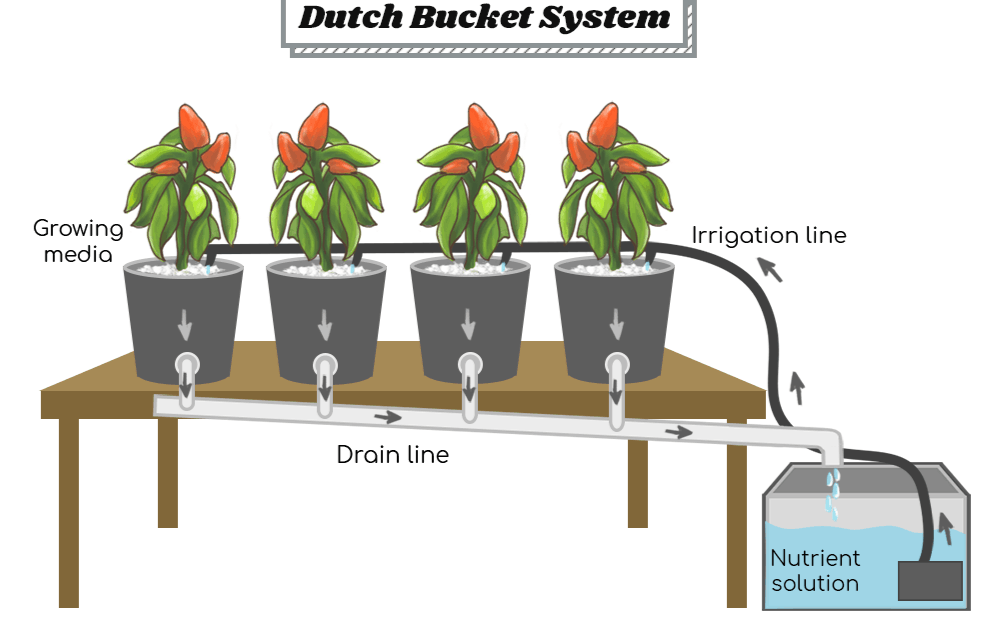
Cultivars well suited for hydroponic tomato farming
- Hybrid varieties: many hybrid varieties are bred specifically for hydroponic production and have desirable traits such as disease resistance, high yield, large fruit size and uniform shape. Examples of hybrid varieties; trust, bounty etc.
- Cherry varieties: popular choice for hydroponics since they have high yield potential and can be sold at a premium price. Example of cherry tomato varieties; sun gold, sweet million etc.
- Beefsteak varieties: known for large size and meat like texture, very well suited for hydroponic production because of high yield potential. Examples of beefsteak tomatoes; beefmaster, big beef etc.
- Roma varieties: they are oblong and have firm texture, well suited for processed products like sauces and chutneys. Popular varieties include; Roma VF, Viva Italia etc.
- Heirloom varieties: very suitable for hydroponics because they have unique flavors and textures that attract a premium price. Examples of heirloom varieties; Green zebra, Black krim etc.
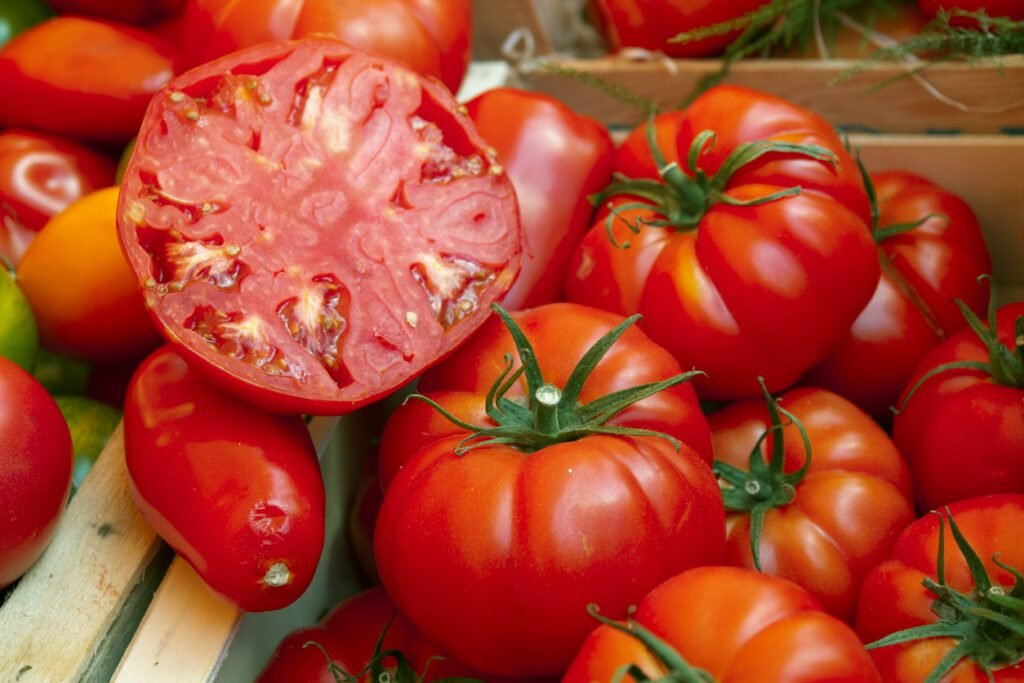
Image source: foodgardening.mequoda.com
Factors that affect the yield and quality of hydroponic tomatoes:
- Temperature: tomatoes prefer warm temperature for optimum growth. Excessive heat can although lead to flower drop or reduce fruit set. The ideal temperature for hydroponic tomato production is between 21-23 degree Celsius during the day and 19-21 degree Celsius at night.
- pH: pH level of the nutrient solution used should be maintained within a range between 5.5-6.5. Very low or high pH can have an impact on the nutrient uptake capacity.
- Light: a lot of light is required for hydroponic farming of tomato plants to grow. Adequate intensity of light is very important for vegetative growth and fruit development.
- Nutrients: supply of correct balance of nutrients is important for healthy vegetative growth and high yields. The amount of Nitrogen, Phosphorus and Potassium as well as all the micronutrients should be carefully monitored and adjusted as required.
- Support structures: tomato in hydroponics plants require support structures such a stake to keep them upright and prevent them from collapsing due to the weight of the fruit.
Read More:
- Hydroponic Mushrooms – Amazing Soilless Mushroom Cultivation
- Drip Irrigation In Rice | Rice Drip Irrigation
Integrated pest management in Hydroponic tomatoes
Here are some key aspects of IPM strategies in hydroponic tomato farming:
- Implement strict hygiene practices, including regular cleaning and disinfection of the growing environment, equipment, and tools.
- Ensure the use of clean, disease-free planting material to prevent the introduction of pests or pathogens.
- Install physical barriers such as insect screens or nets to prevent pests from entering the growing area.
- Maintain optimal environmental conditions, such as temperature and humidity to discourage pest development and minimize stress on plants.
- Utilize beneficial insects or mites, such as predatory mites or parasitic wasps, to control pest populations. These natural enemies can help reduce pest numbers without the use of chemical pesticides.
- Use physical methods to control pests, such as handpicking and removing pests manually when feasible.
- Install sticky traps or pheromone traps to monitor and capture flying insects.
- If necessary, apply appropriate and approved pesticides as a last resort when other control measures have proven insufficient.
Cost of Growing Hydroponics Tomato
Here are some rough estimates for growing hydroponic tomatoes in India:
- Hydroponic system setup: the cost of setting up a hydroponic system depends on the type of system or technology adopted. For example; nutrient film technology or aeroponic system costs more than a traditional dutch bucket method. On an average the initial cost of a hydroponic setup is around Rs. 15 lacs to Rs. 50 lacs per acre of land used.
- Seeds of tomato plants: this depends on the variety of tomato and the seed supplier. Generally good quality seeds cost between Rs. 10 to Rs. 40 per seed.
- Nutrients: the cost of nutrients varies according to the type of solution, micronutrients and hydroponic system used. On an average the cost of nutrients is about Rs. 30,000 to Rs. 1,50,000 per annum
- Electricity cost: electricity is required to operate all the pumps, growing light and other machineries in a hydroponic setup. The cost of electricity depends on the local rates per unit. Average is between Rs. 6 to Rs. 18 per kw-hour.
- labour rates: depends on the number of workers, size of the system, wage rates and so on. For highly skilled labour it’s about Rs. 500 to Rs. 1,000 per day.
Is hydroponic tomato farming profitable? | Hydroponic Tomato Farming in India
Hydroponic tomato farming can be profitable if the following conditions are met:
- Yield: hydroponic system can produce higher yields compared to traditional soil-based farming as discussed above. It is very important that the yield per unit area is high enough to meet the investment cost of hydroponic setup.
- Cost of production: it is obvious that the total cost of production of hydroponic tomatoes should be lower than selling price in order to gain profits. Generally, cost of production can be reduced by optimising the use of water and electricity and minimising the cost of inputs such as nutrients.
- Market demands: sufficient demands for hydroponic tomatoes in the local markets is crucial to cover maintenance and investment costs of the hydroponic system.
In short it can be said that hydroponic tomato farm can be profitable if the market demand is strong, and the cost of production is lower than the selling price. However, careful planning along with technical expertise is important to get success in this type of enterprise.
Read More:
- Is Hydroponics Farming Profitable In India? | Hydroponics farming setup cost
- How Does Vertical Farming Work | Vertical Farming at Home
Conclusion:
Hydroponic tomato farming is a growing industry that have both benefits and challenges. On the positive side, hydroponic systems can produce higher yields, less water and gives higher-quality produce. However, hydroponic tomato farming also requires a significant investment in terms of both time and money as well sound technical knowledge. Despite these challenges, many farmers and entrepreneurs see hydroponic tomato farming as a promising enterprise, particularly in areas with limited land or poor soil quality. So, it is more likely that we will see widespread adoption of this system in the near future when there will be scarcity of natural resources for traditional farming.
Latest Post…
- Best Water Harvesting Techniques for a Sustainable Future
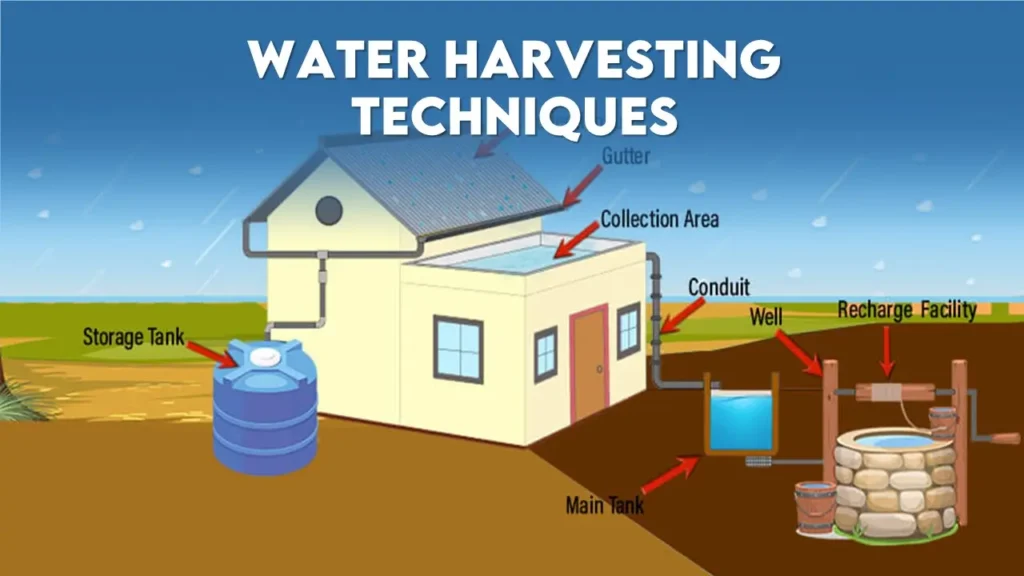
- Benefits of Rainwater Harvesting: Amazing Way to Save Water
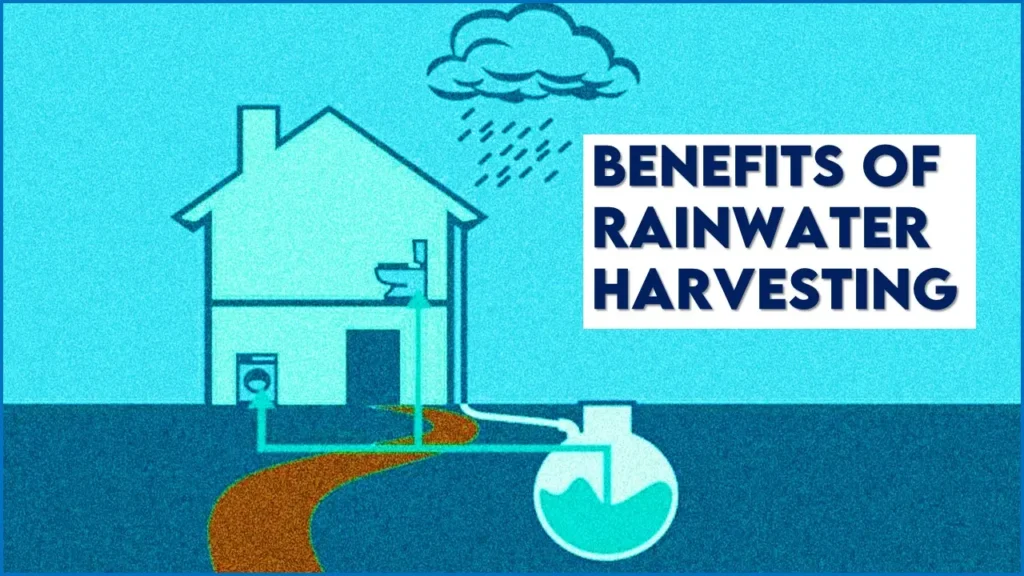
- Solar Irrigation System: A Great Irrigation Technique
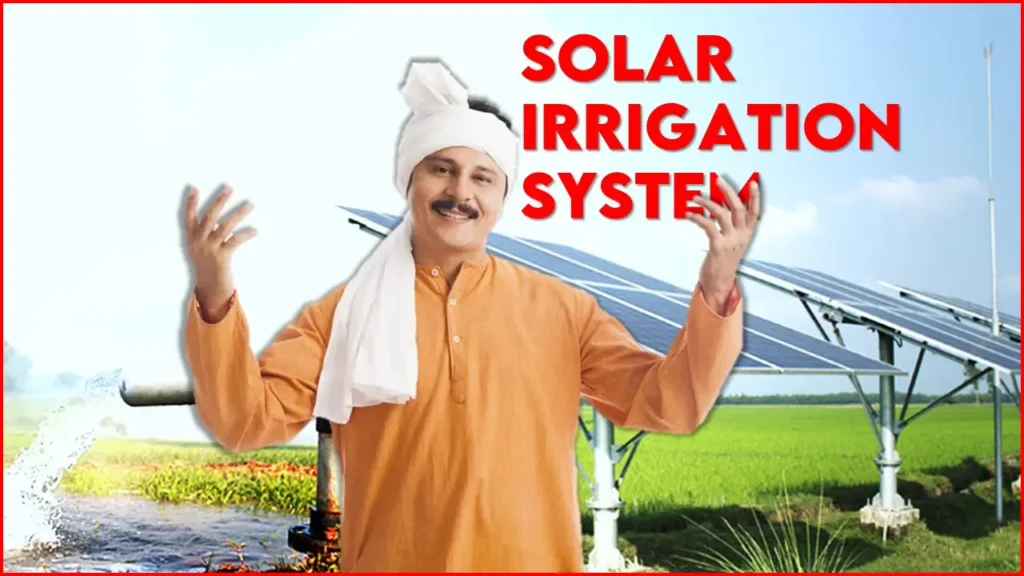
- Bamboo Drip Irrigation System in India : a unique Setup
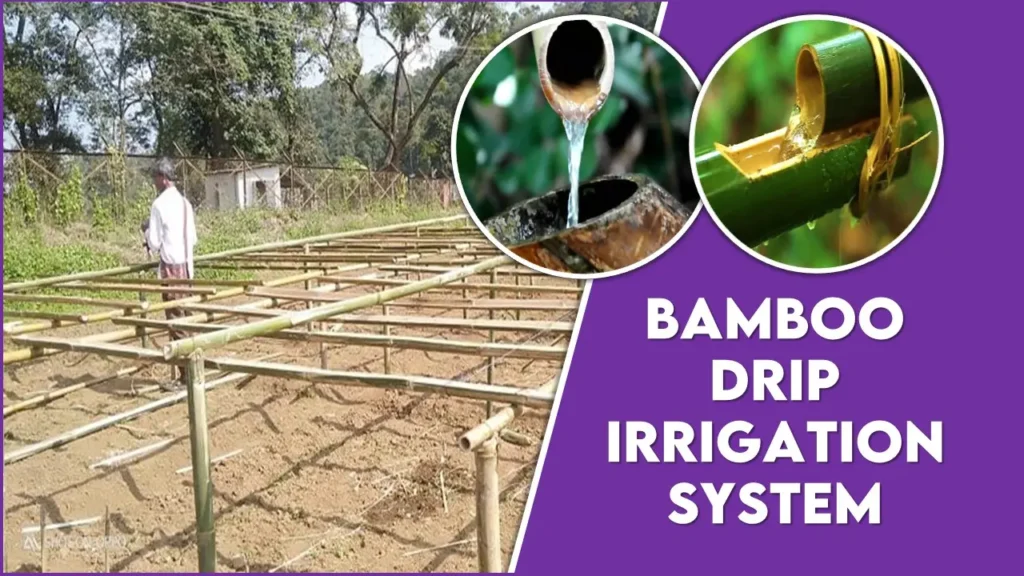
- Polyhouse Farming: Advantages, Cost, Subsidy and Suitable Crops
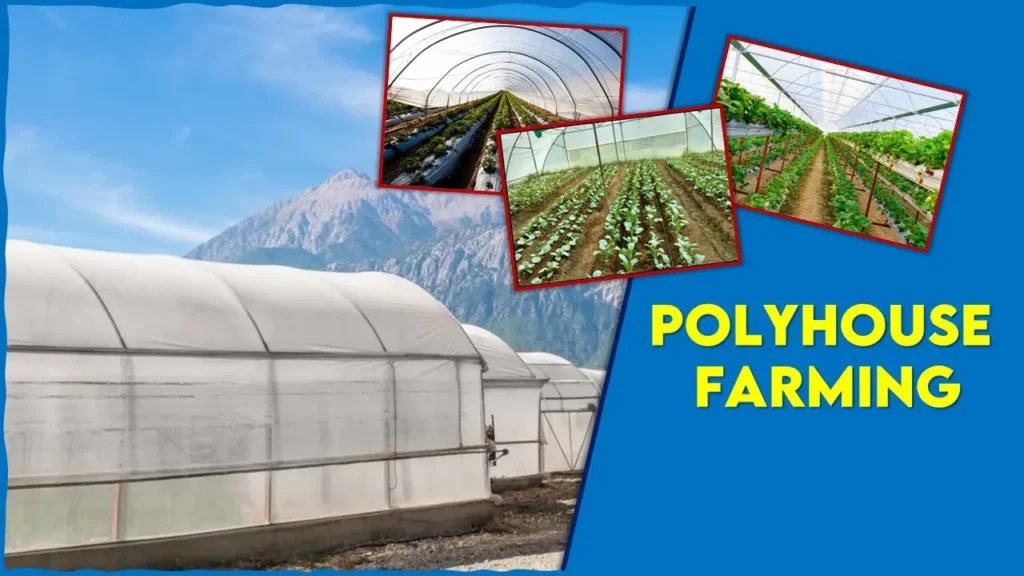
- Top 23 Garden Tools and Their Uses Everyone Must Know
